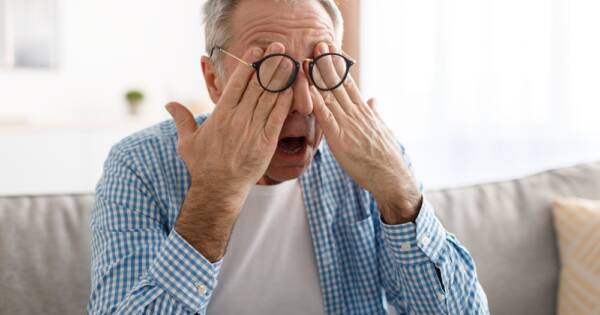Head lice infestations, a common issue among school-aged children, require early recognition and understanding of their life cycle for effective management. Identifying symptoms such as itching and visible lice is crucial, along with timely intervention using approved treatments and preventive measures to curb their spread. Addressing widespread misconceptions, this article sheds light on recognizing early signs, treating lice effectively, and preventing future outbreaks, aiming to foster a more informed and proactive approach to lice management.
Recognizing Early Signs of Lice
Head lice infestations are common among school-aged children and are not reflective of poor hygiene or socio-economic status. Signs that your child may have lice include itching of the scalp, a tickling feeling in the hair, visible lice on the head or body hair, and sores caused by scratching . Head lice tend to attach firmly to hair shafts and survive by feeding on small amounts of blood from the scalp. Eggs, known as nits, hatch in about seven to twelve days, and adult lice continue the cycle of infestation if not treated. A thorough visual check in bright lighting with a fine-tooth comb can help identify live lice or nits near the scalp.
Understanding the Life Cycle of Lice
A single louse undergoes a life cycle that includes the egg, nymph, and adult stages. Eggs hatch into nymphs in 6 to 9 days, and nymphs mature into adults after a week covering approximately three weeks if untreated . This cycle can rapidly escalate an infestation if not interrupted. Significant itching and scratching resulting from lice bites can cause skin reactions and infections, highlighting the importance of prompt identification and treatment. Recognizing these signs early allows for timely intervention to prevent lice spread further or secondary skin infections from excessive scratching.
Effective Lice Treatment Options
Once live lice are confirmed, treatment should begin promptly using FDA-approved topical medications such as permethrin, pyrethrin, and others. Thoroughly follow application instructions to ensure effectiveness, especially considering the different age recommendations for each treatment option. Manual removal of lice and nits before or alongside medicated shampoos is helpful, particularly for young children. The comb-out method, using a fine-tooth comb on wet hair, effectively removes lice and nits.
Preventing Lice Spread and Misconceptions
Head lice spread through close personal contact and by sharing personal items such as brushes and hats. Preventative measures include teaching children to avoid head-to-head contact and regular checks to ensure early detection and treatment. It is crucial to wash potentially infested items like bedding and clothing in hot water and avoid using unproven remedies such as essential oils that may pose risks. Schools may implement “no-nit” policies, but the focus should be on safe, effective treatment to prevent exclusion unnecessarily. Contrary to some beliefs, head lice do not correlate with cleanliness or hygiene levels.
Why You Should Learn More About Lice Today
Understanding the warning signs and treatment options for head lice is essential for managing and preventing outbreaks, especially among children. With knowledge of how lice spread and the effective treatments available, parents can address infestations swiftly and ensure their children resume normal activities without disruption. Continued awareness and regular checks can significantly reduce the prevalence of lice and the misconceptions surrounding them, promoting a healthier, more informed community. By equipping yourself with this knowledge, you can better protect your child and help to diminish the stigma associated with lice.
Sources
Understanding Head Lice: Signs and Treatment Options


